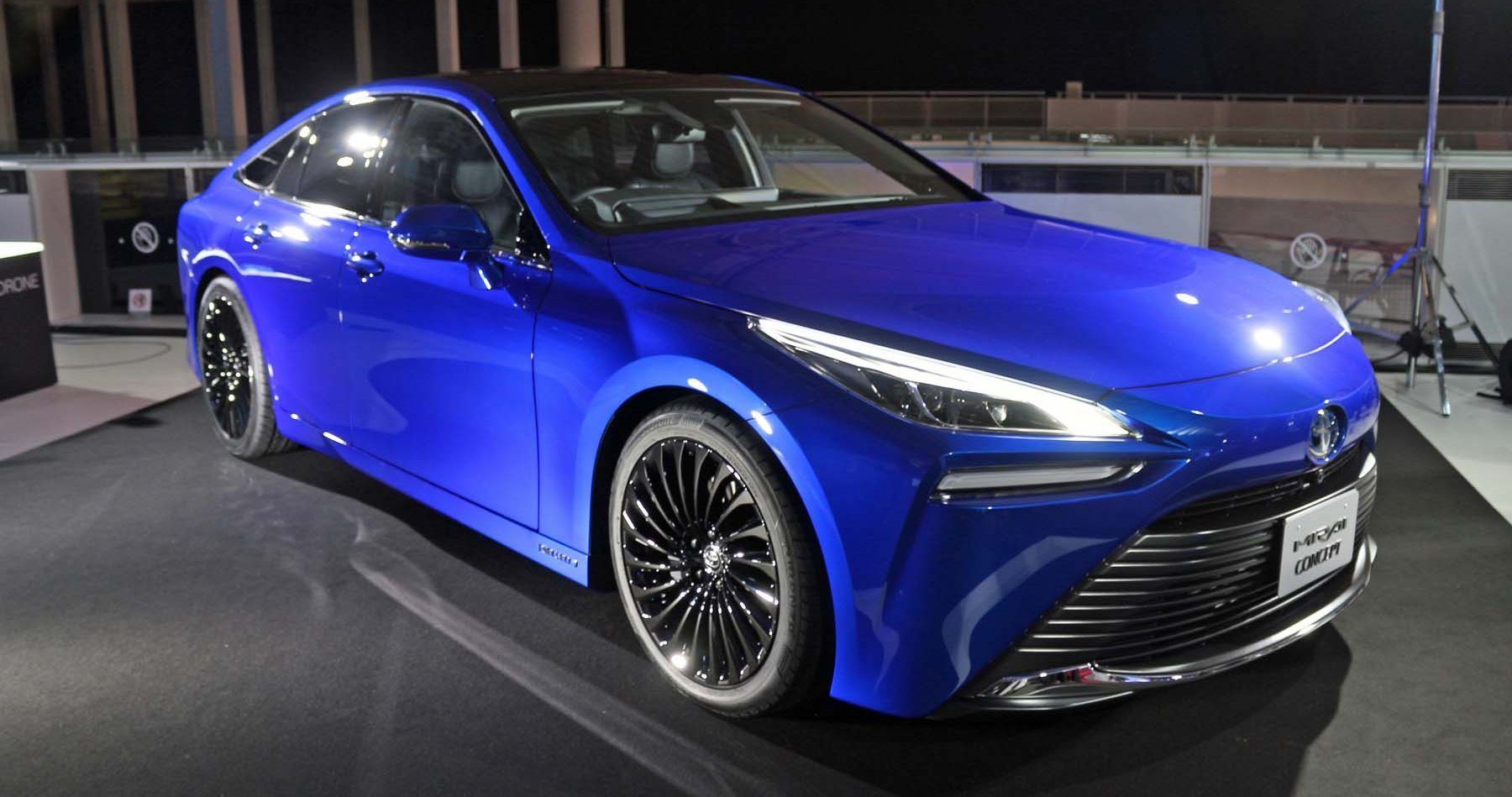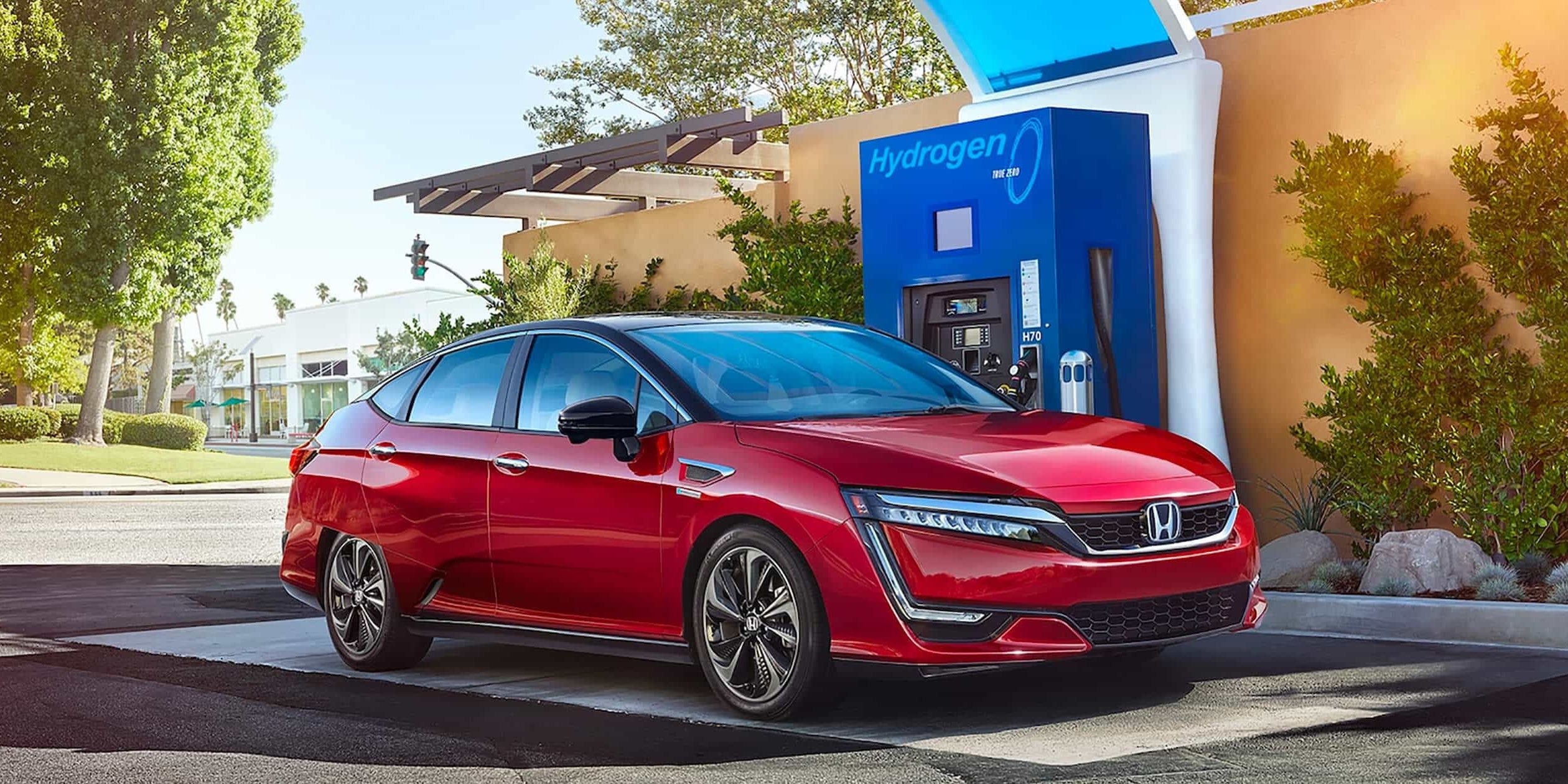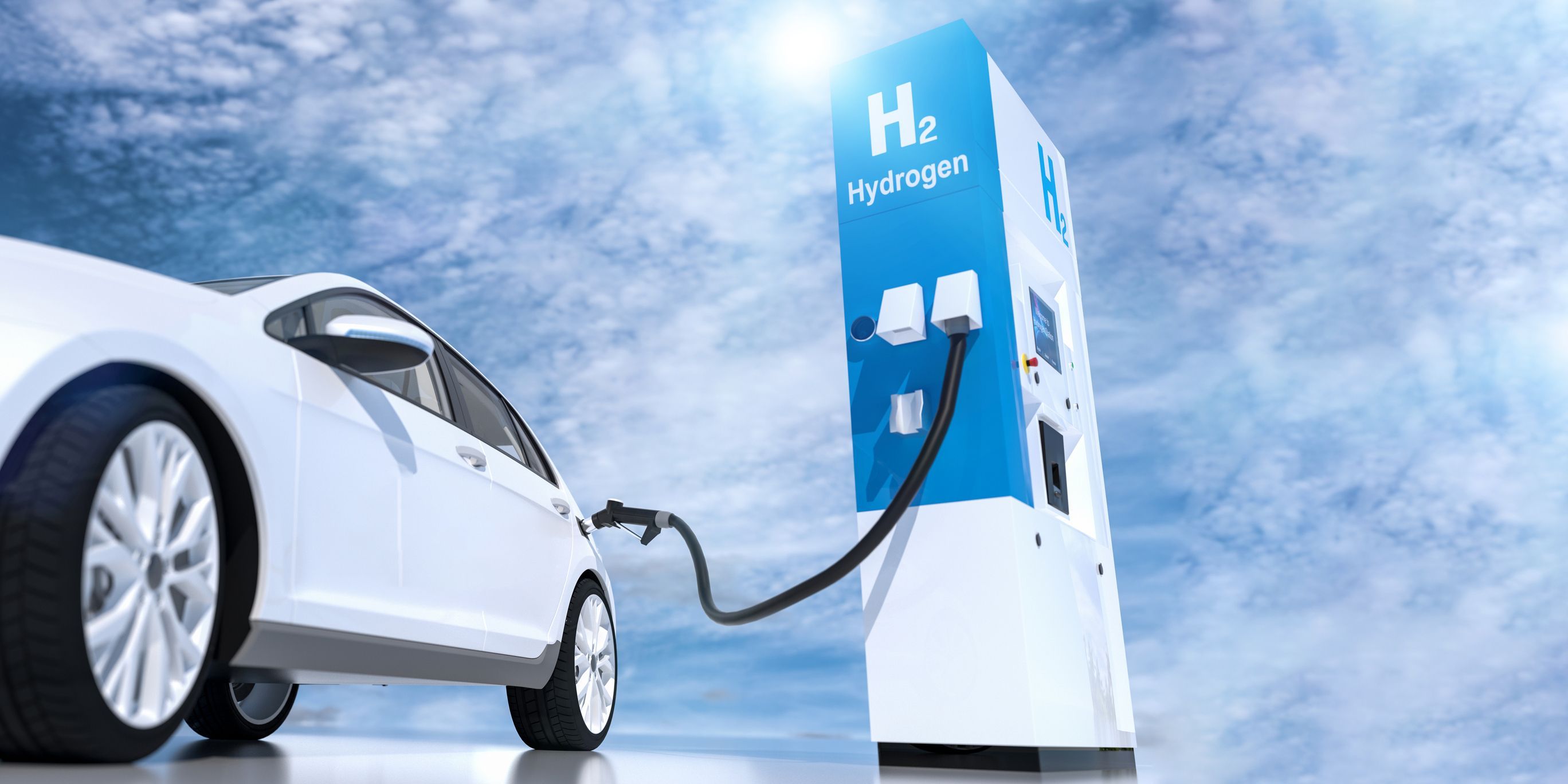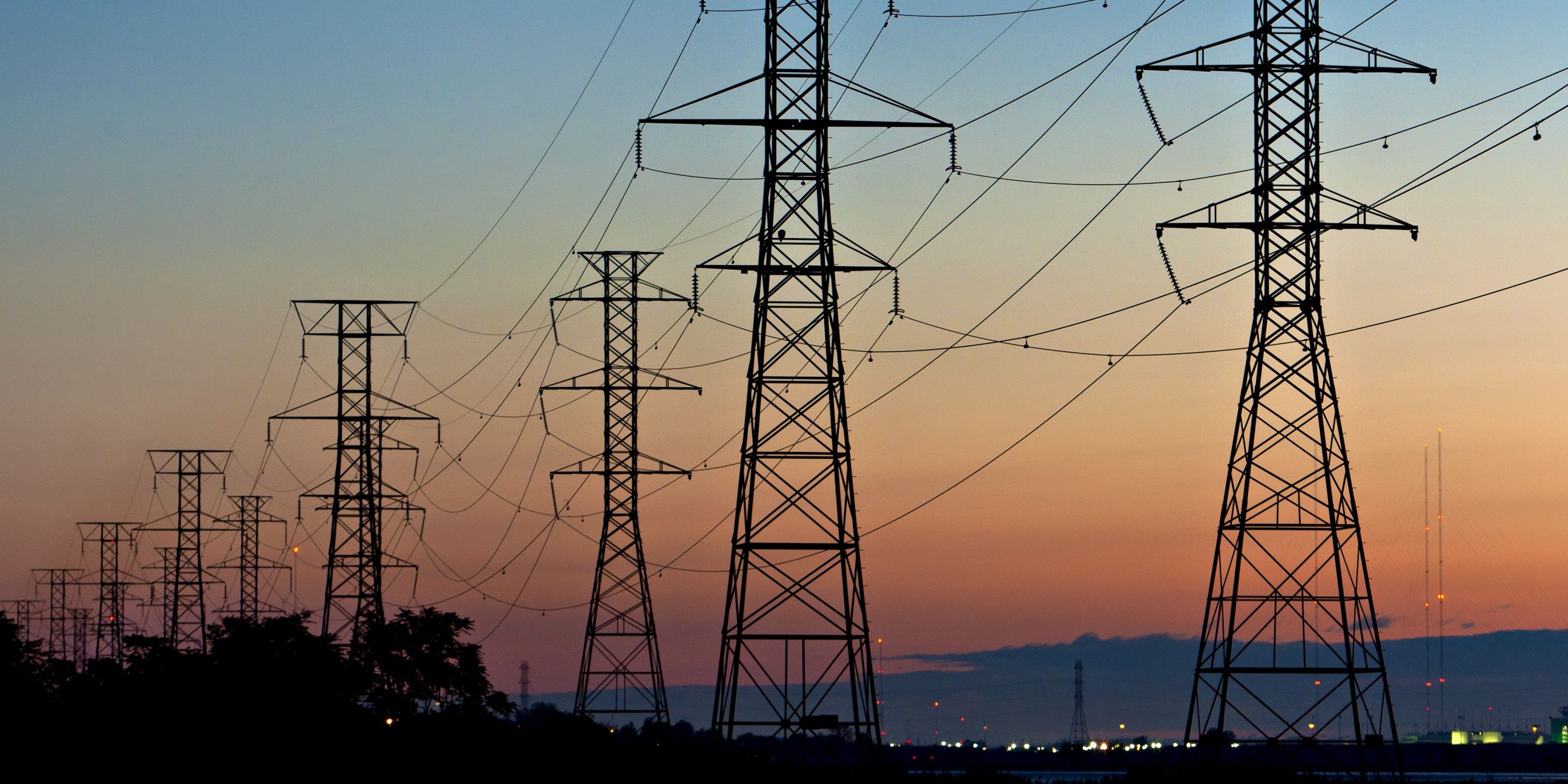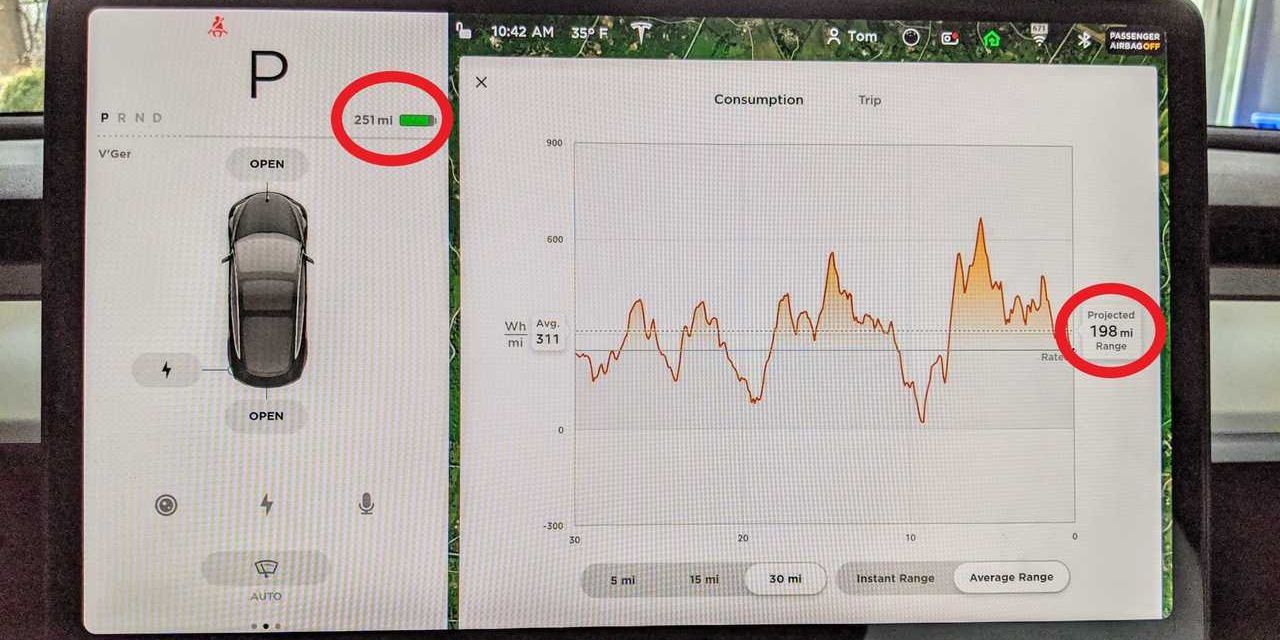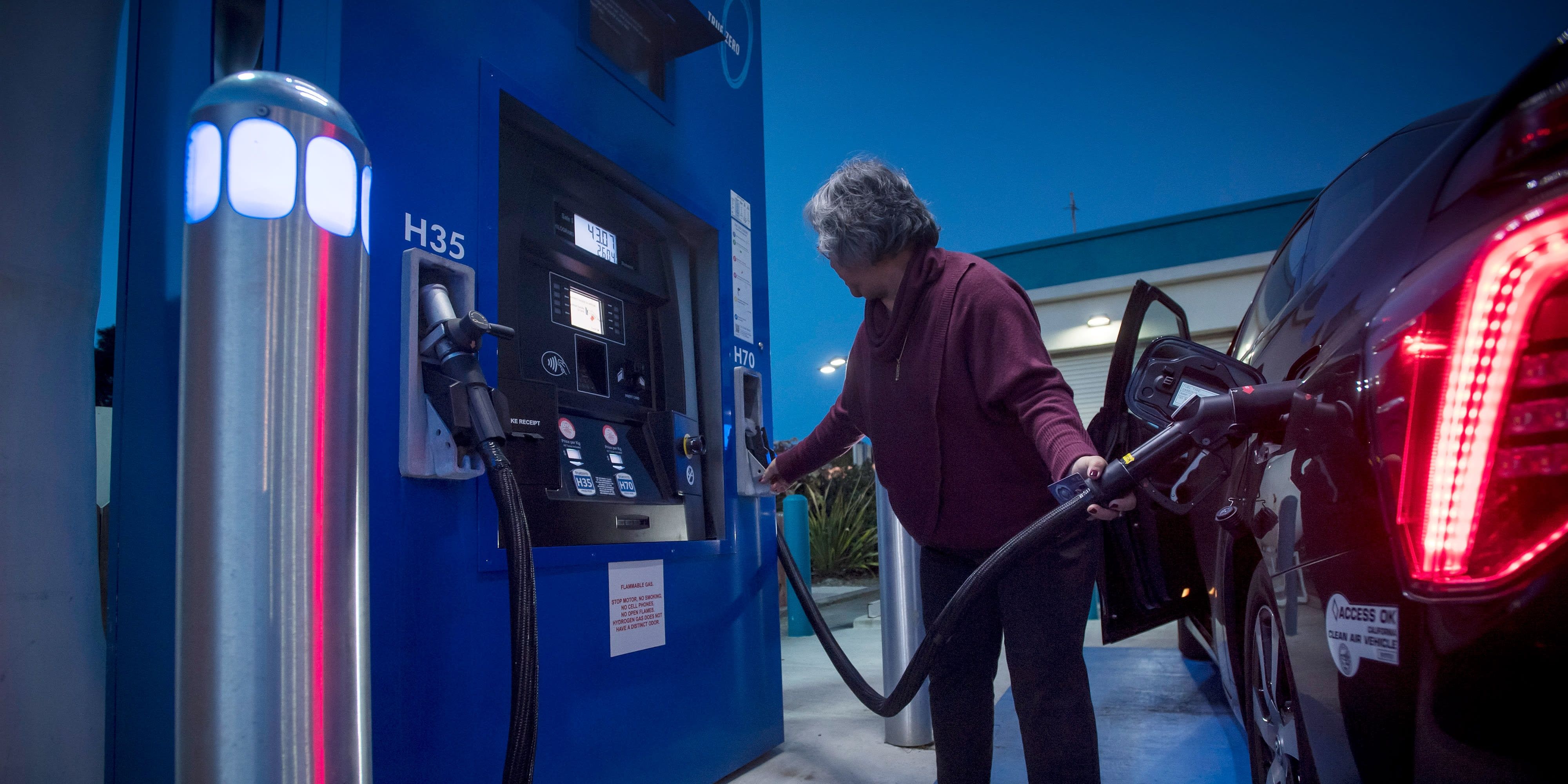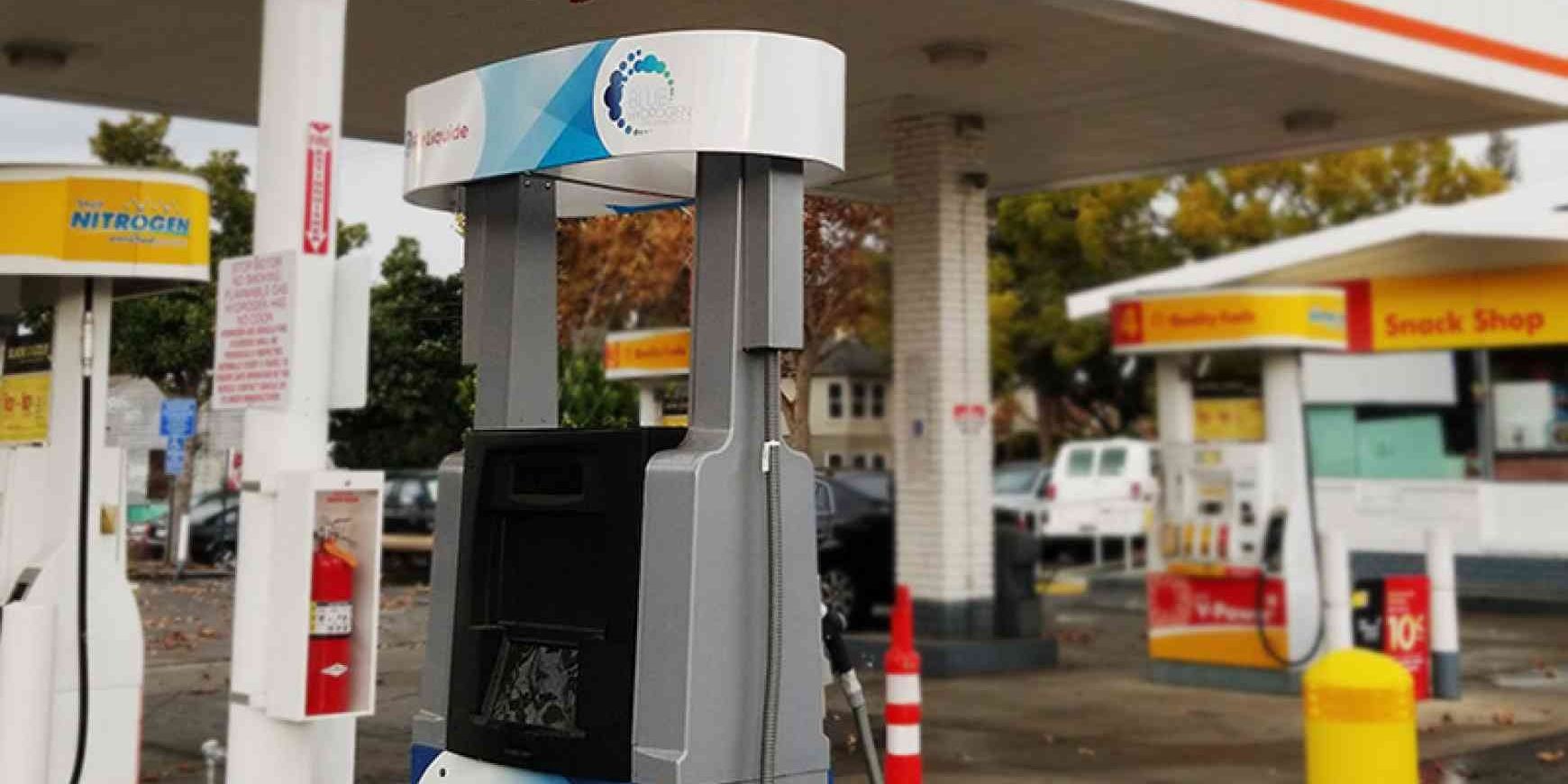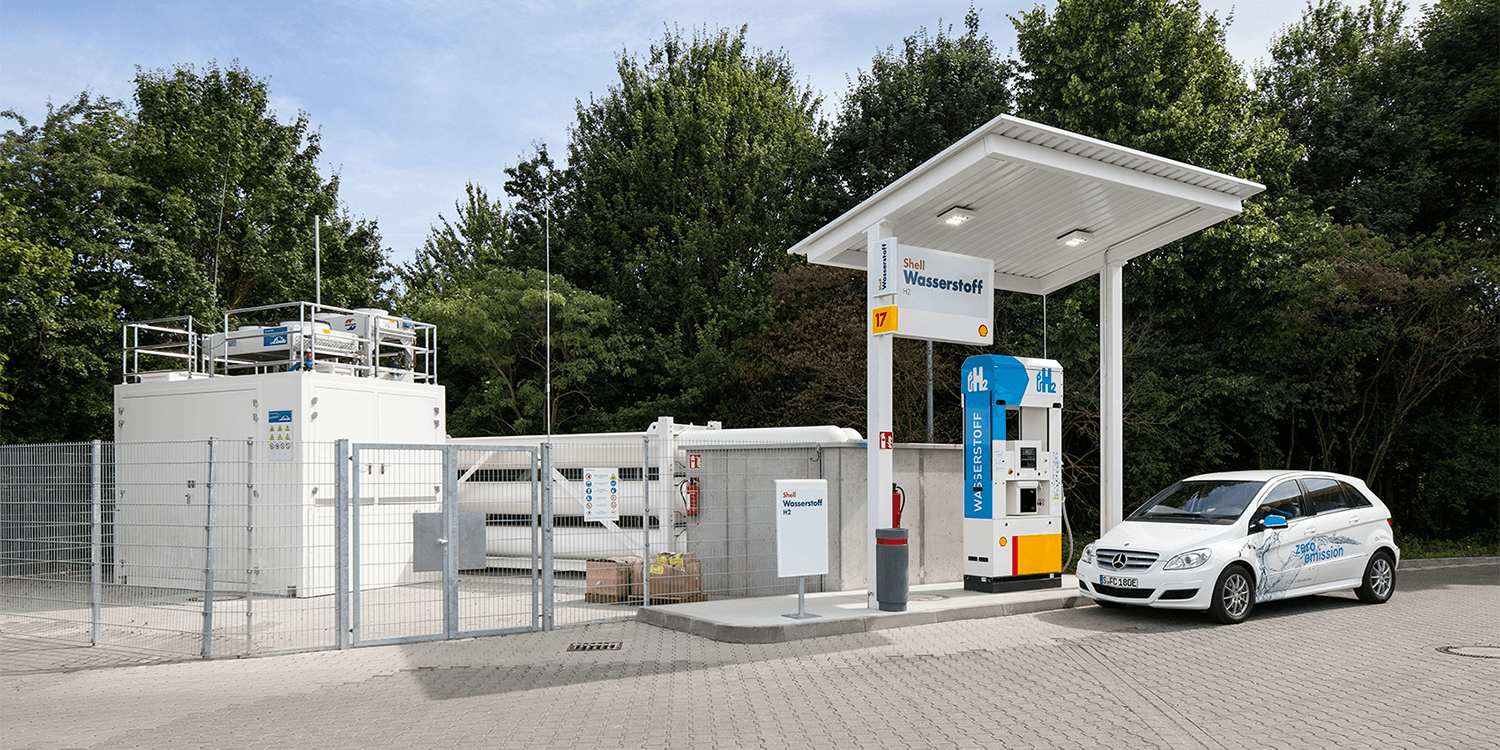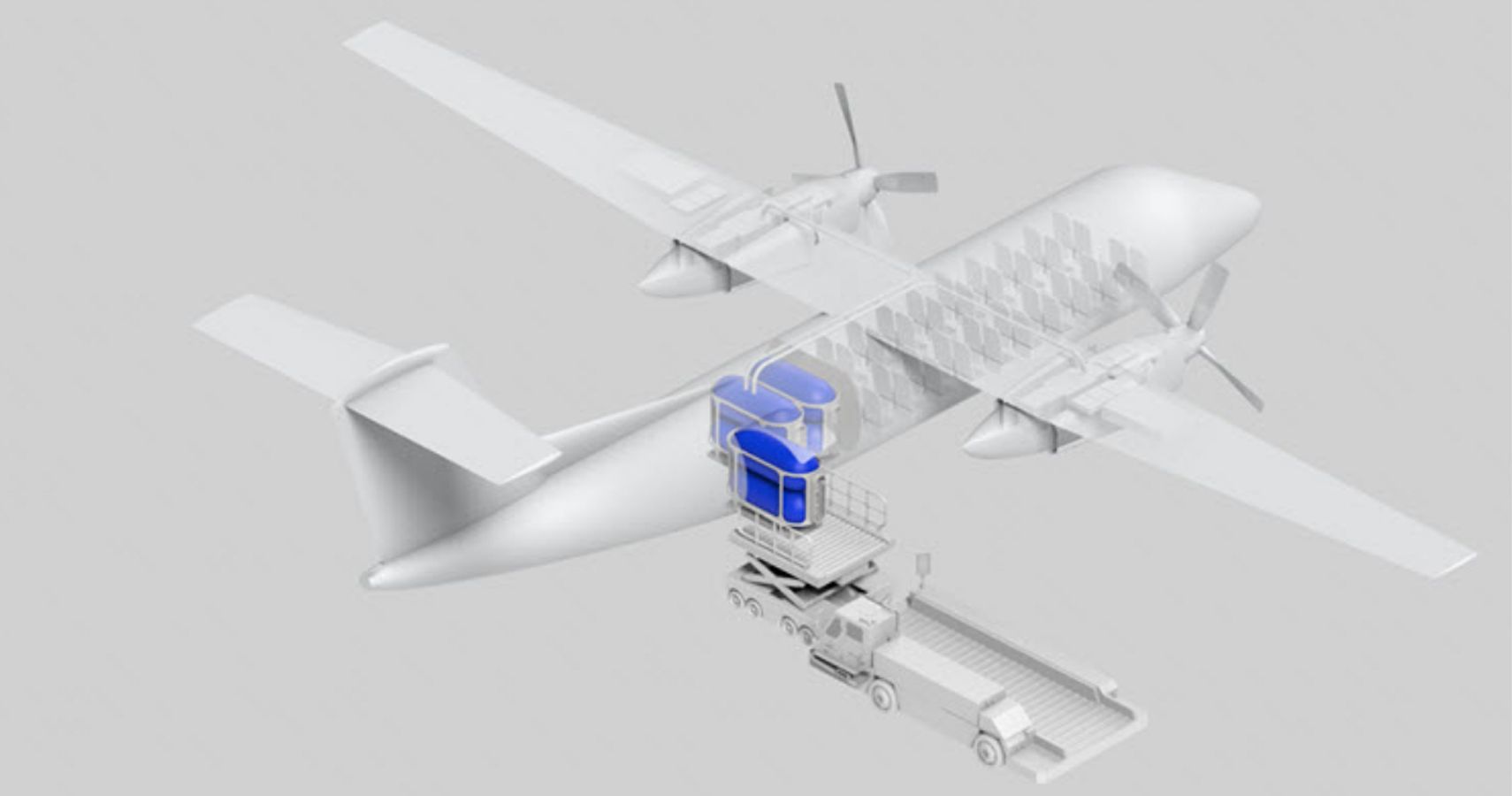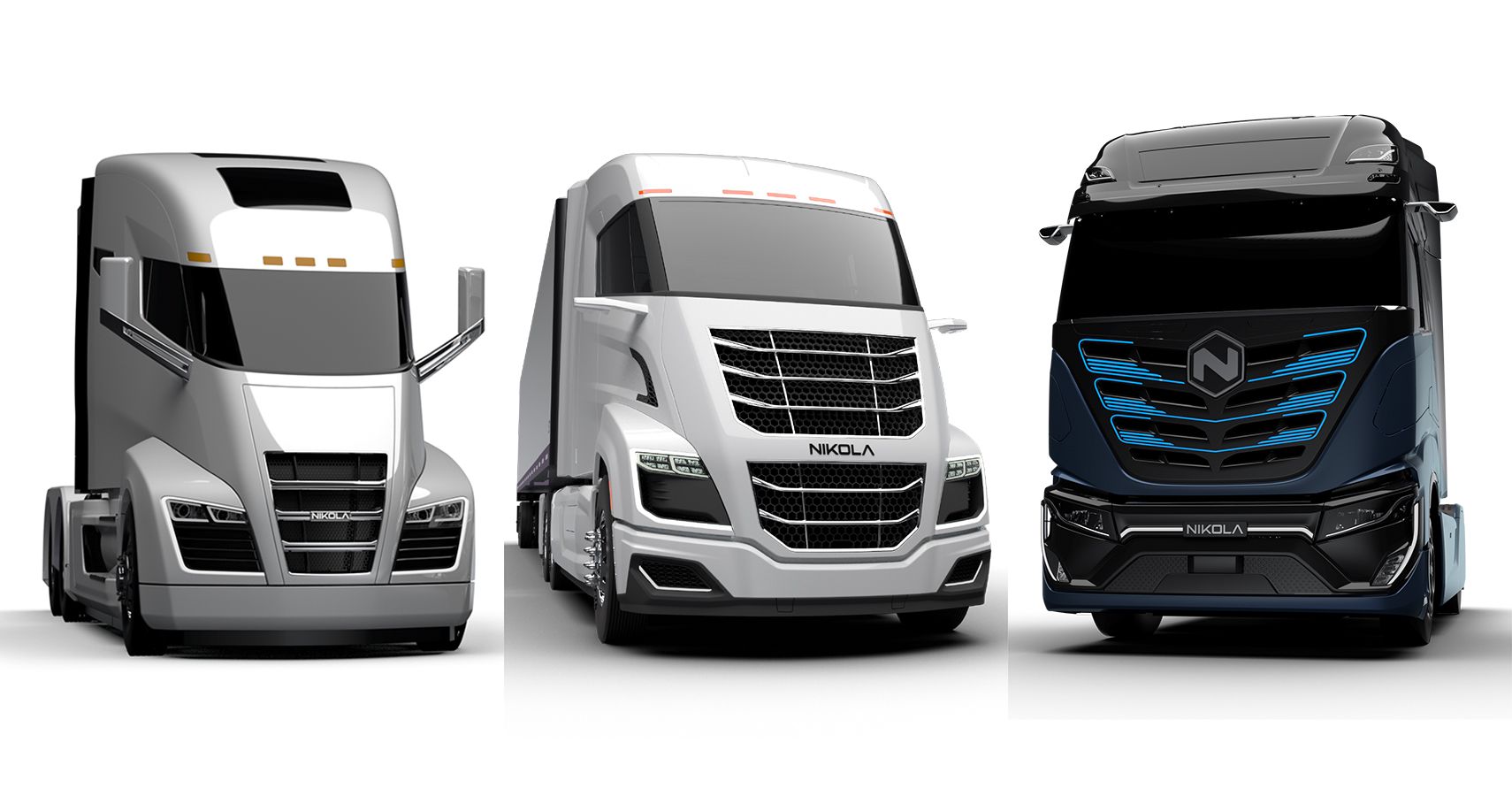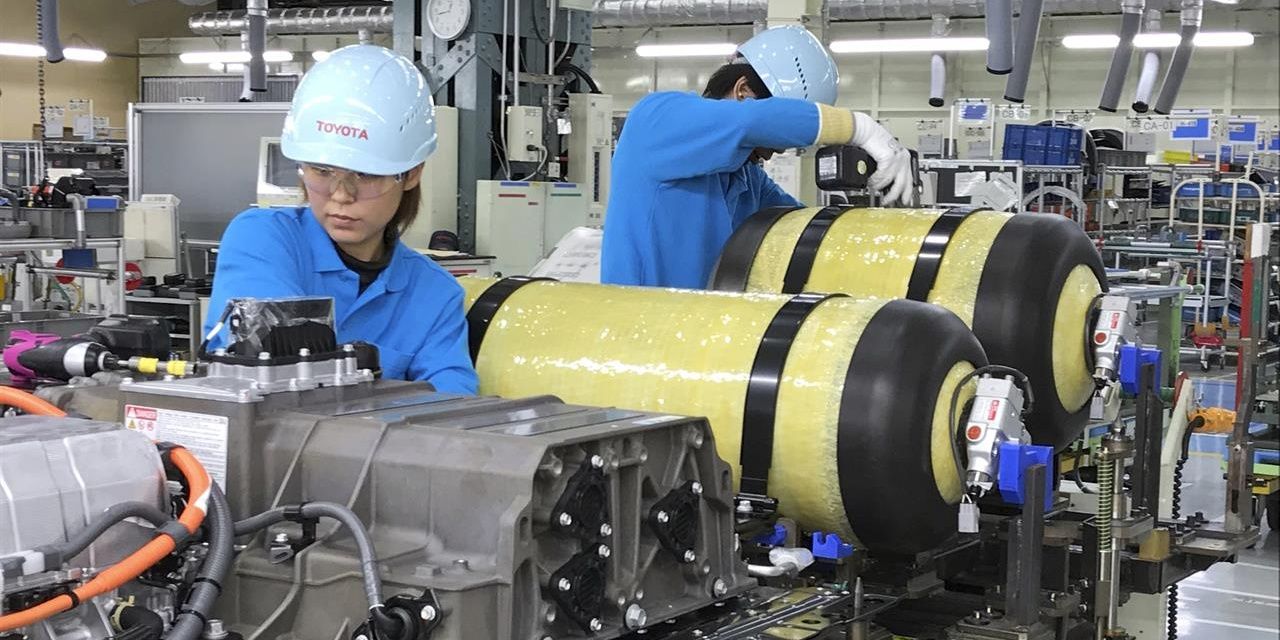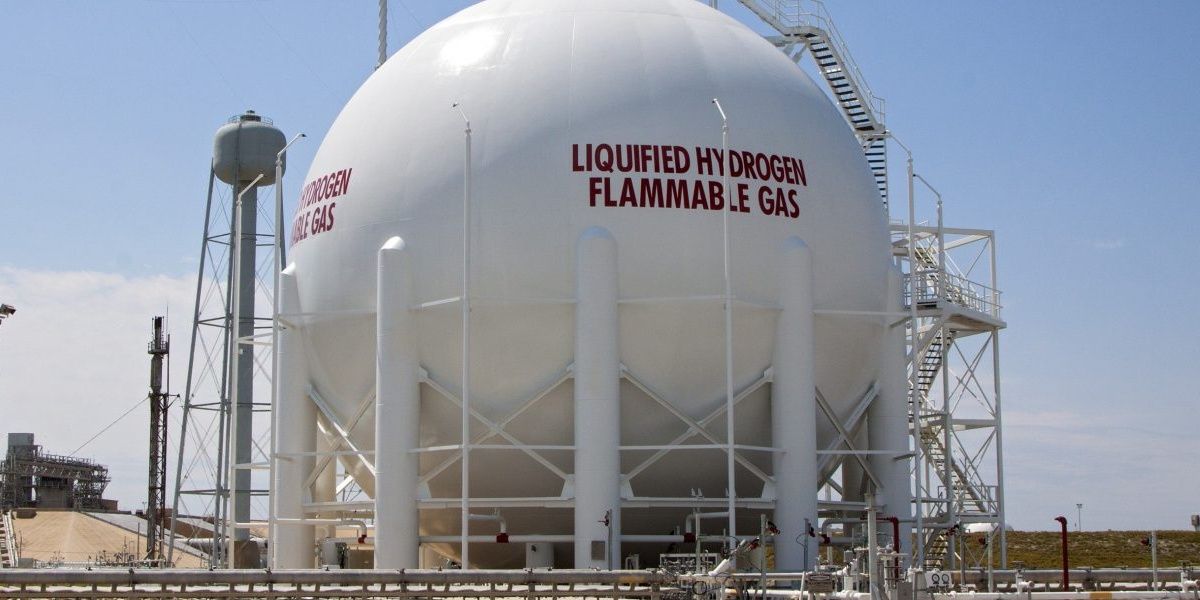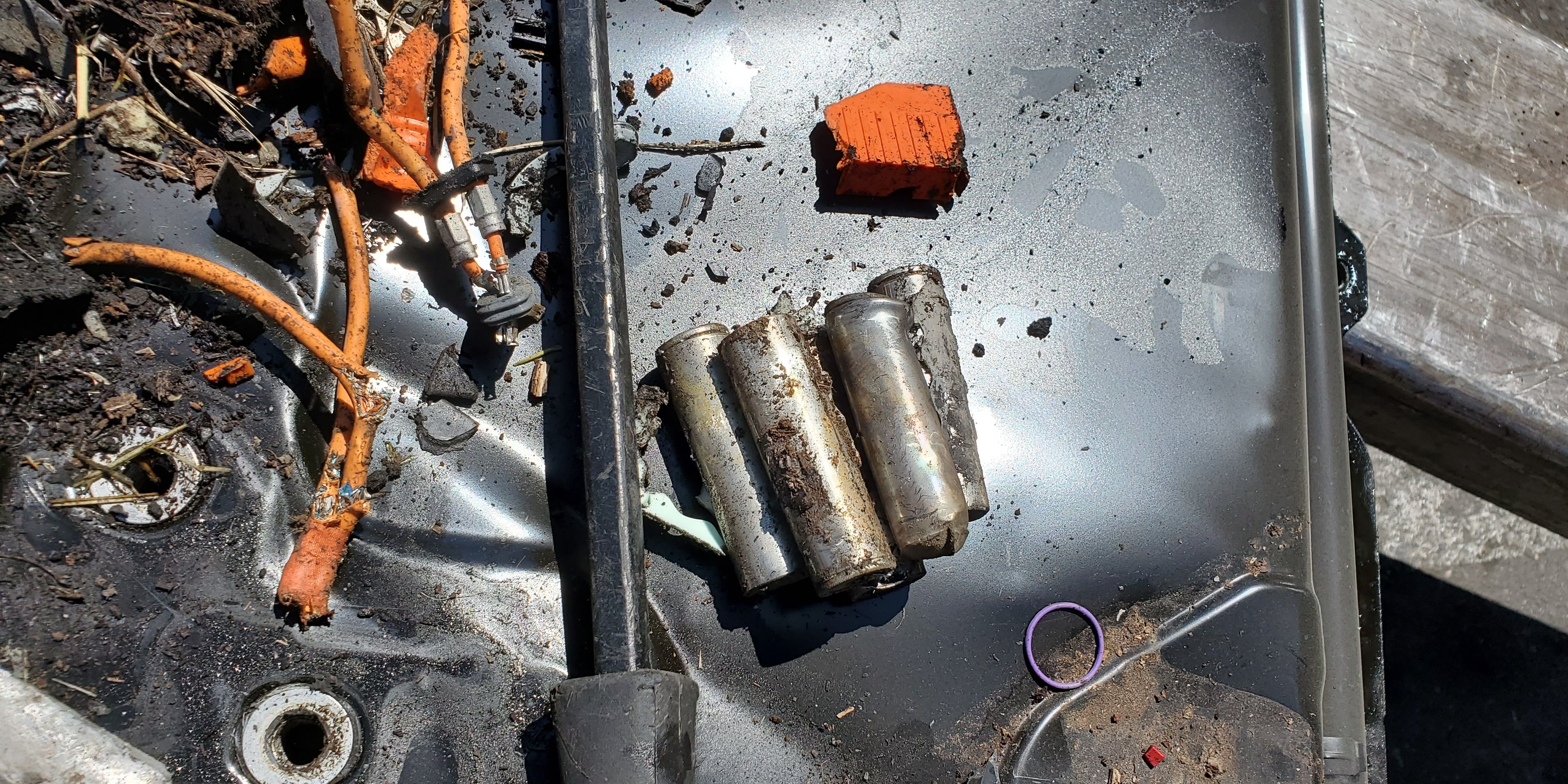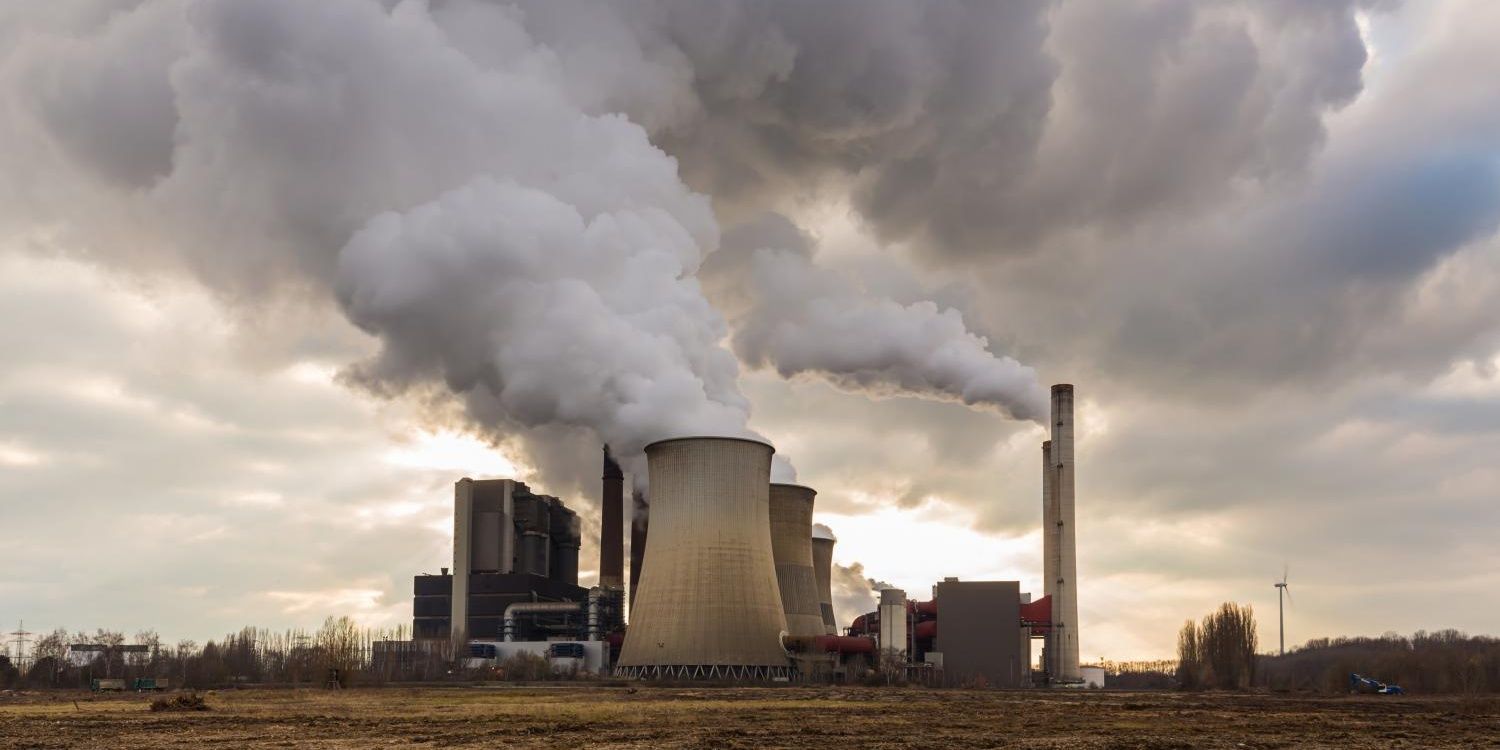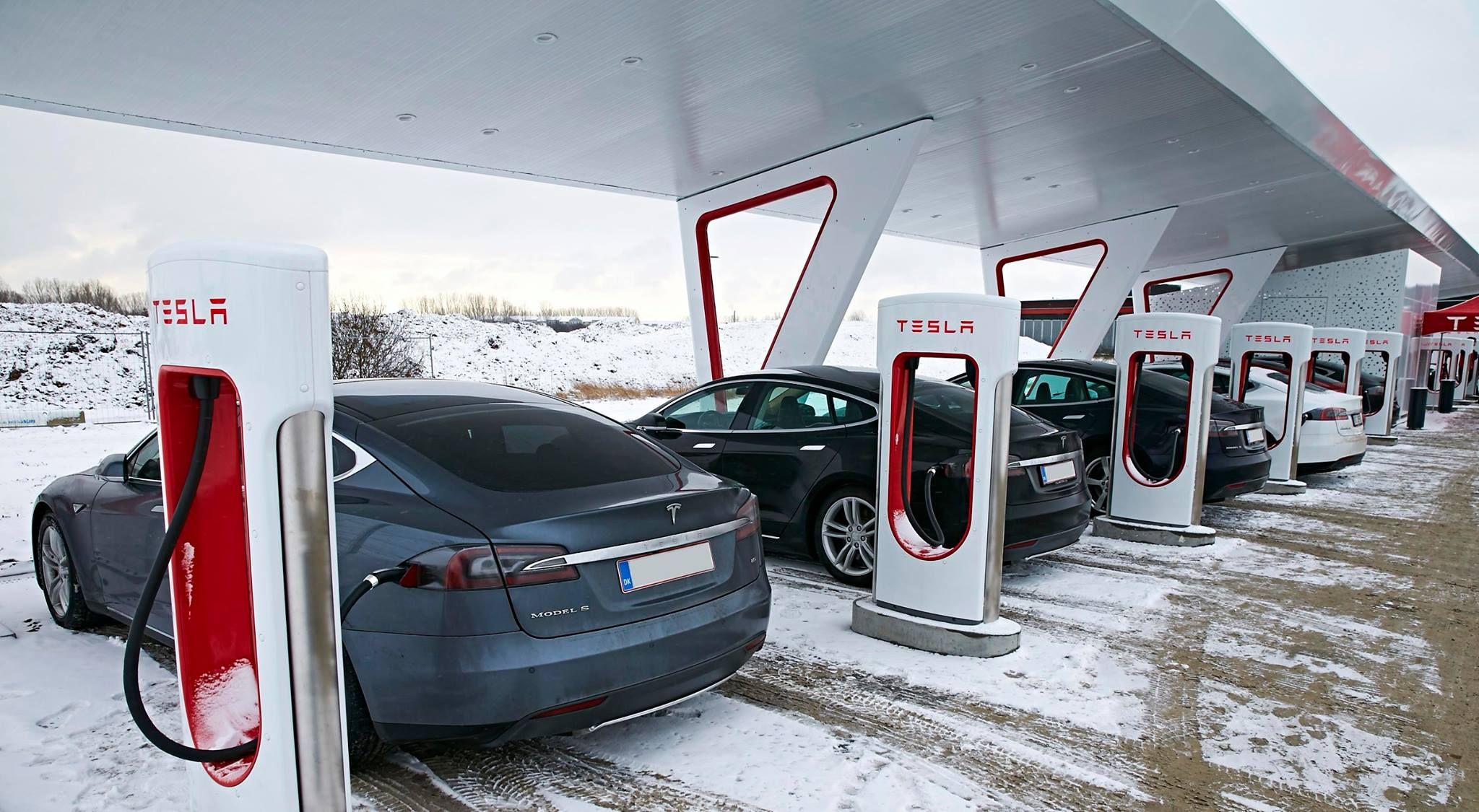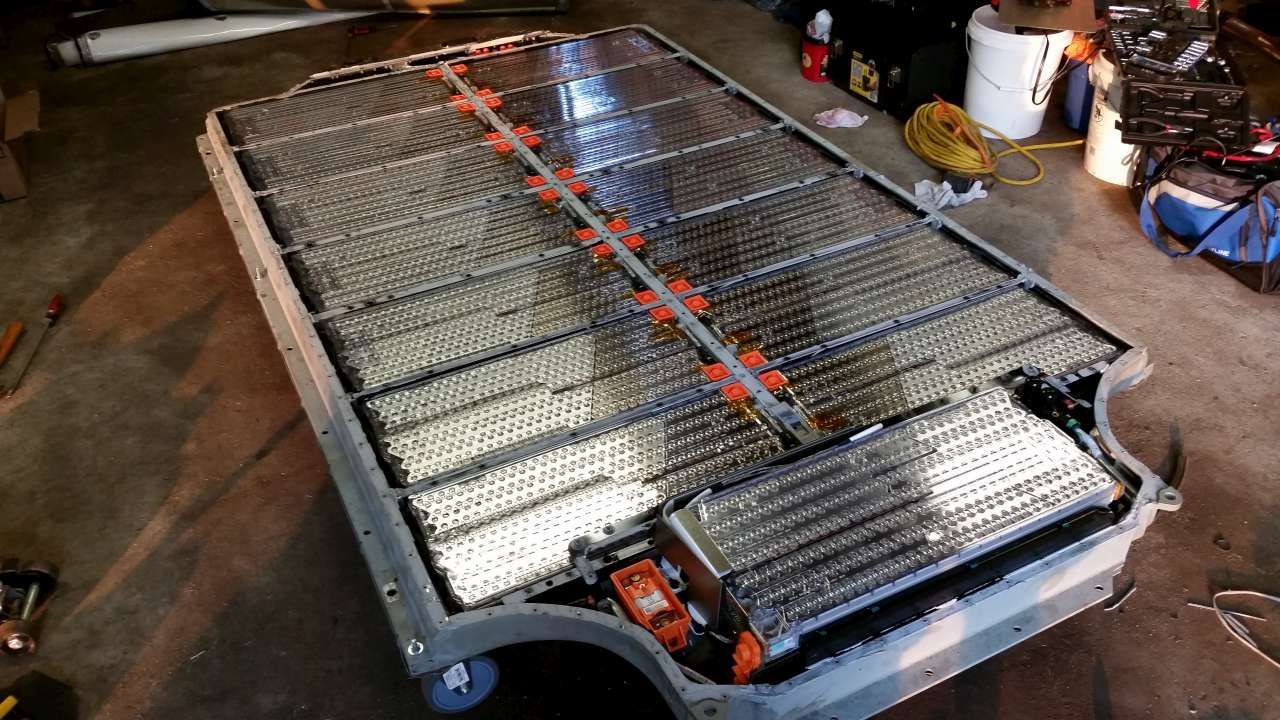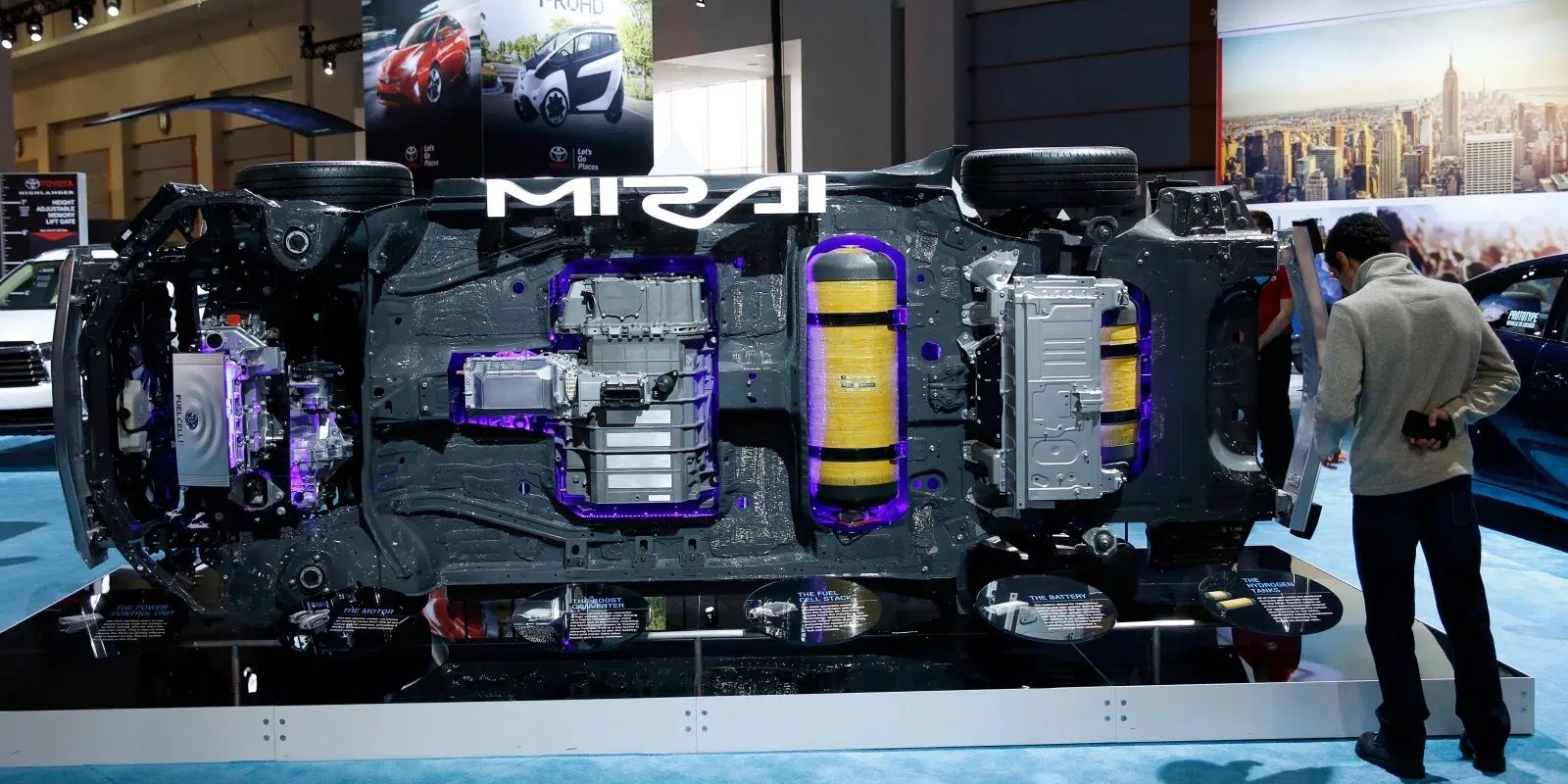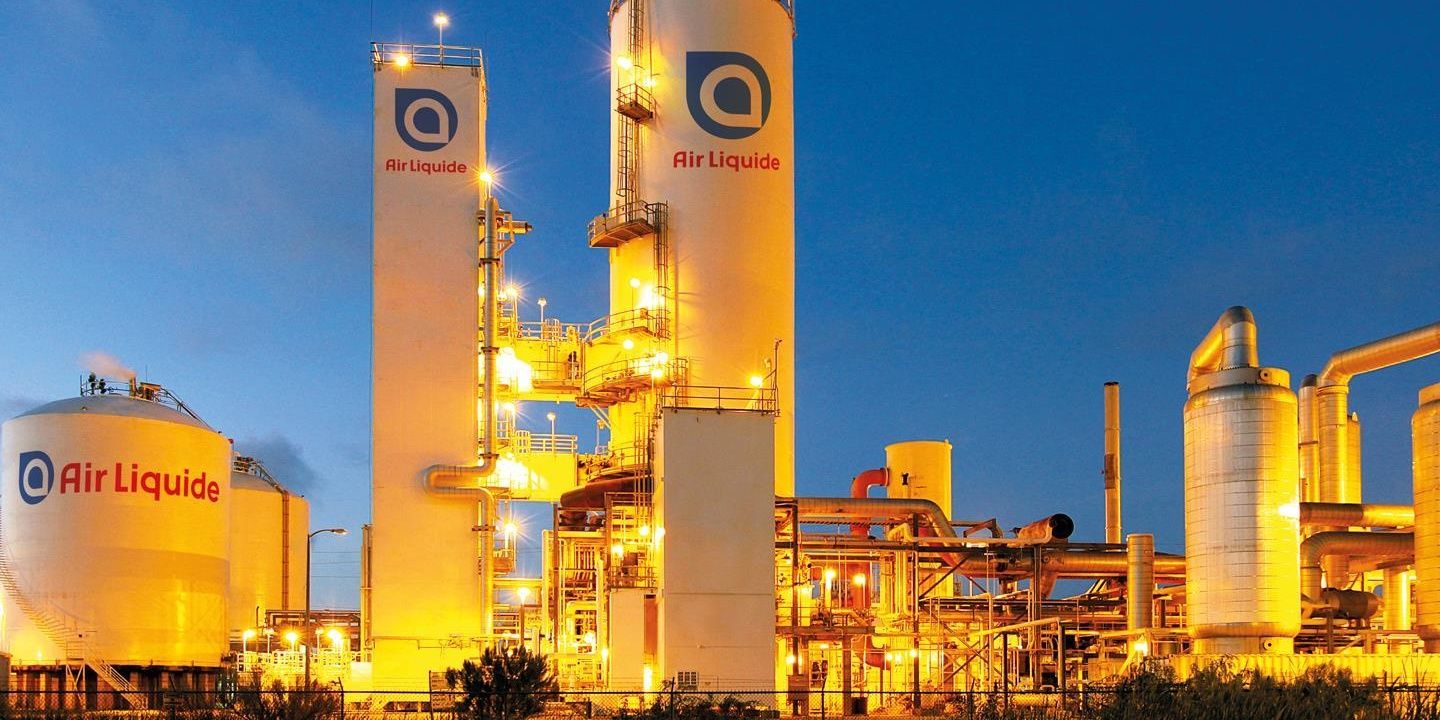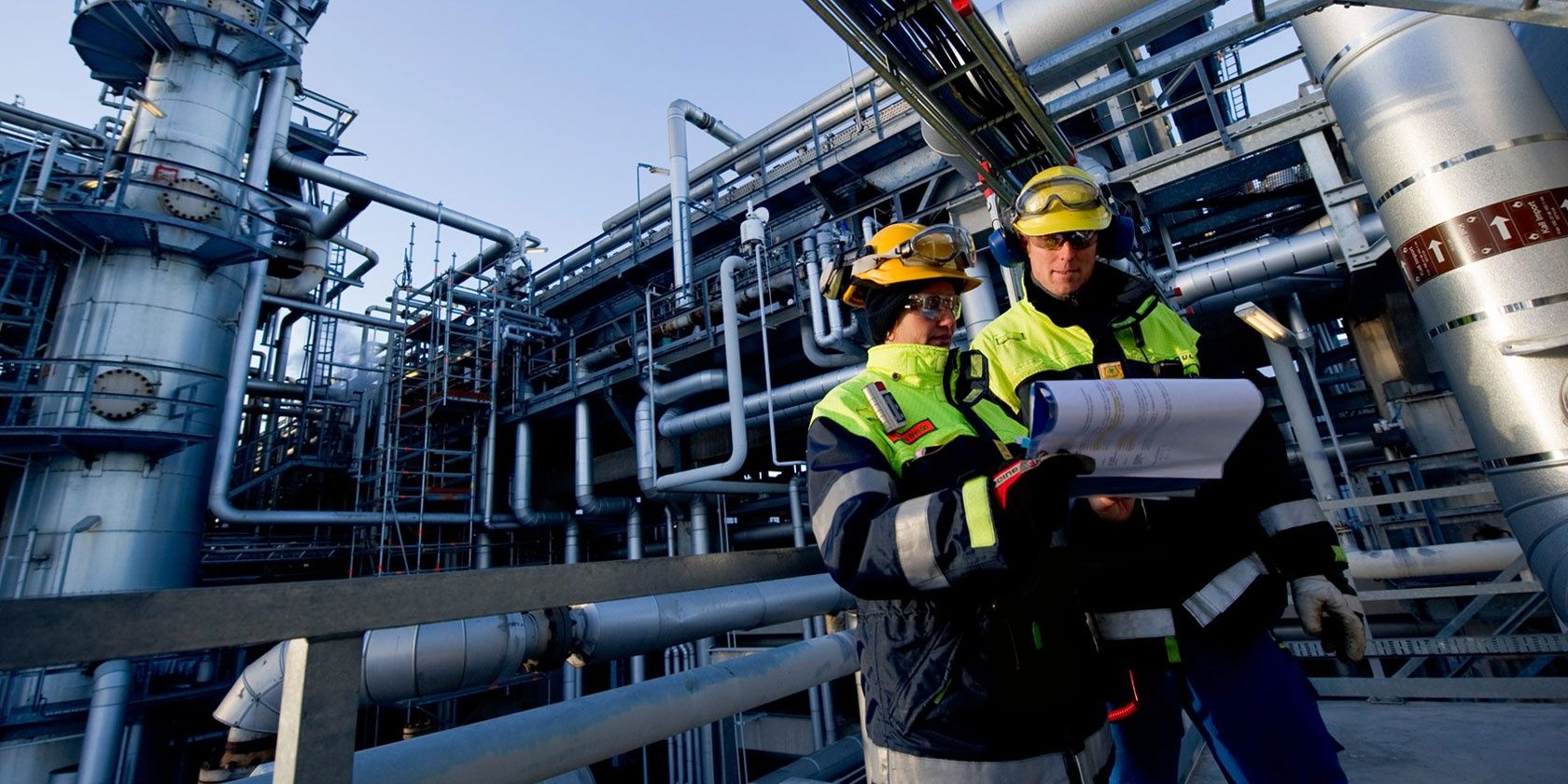Electric vehicles like Teslas and Taycans have dominated the market for clean air vehicles but they might not actually be the best technology for long-term clean air vehicles. Hydrogen fuel cell technology is increasingly becoming more popular in consumer vehicles like the Toyota Mirai, Hyundai Nexo, and Honda Clarity. The technology is increasingly being developed for more applications such as trucks, boats, and aviation.
The major difference between battery-powered EVs and hydrogen fuel cell technology is that the latter uses gas or liquid hydrogen as fuel to power batteries that in turn powers electric motors. This means zero pollution and a fast and convenient way to charge batteries. Here are the top 10 reasons why hydrogen fuel cell technology is better than EVs.
10 No Significant Lifestyle Change
One of the biggest hurdles to widespread clean air technology is education. It can be difficult to teach, train, and acclimate the average consumer in new technology, EVs especially. EVs require a whole new way to charge/fuel vehicles and for consumers that frequently drive long distances, charging creates a major burden.
Hydrogen fuel cell technology in vehicles means consumers can drive up to a station, most commonly a nearby gasoline station, and simply fill up their car with hydrogen similar to gasoline. The fill-up takes less than five minutes and they’re on their way. Consumers don’t have to install special charging ports in their garages and people who live in apartment buildings that can’t charge EVs at home can still take advantage of a clean air vehicle.
9 Less Burden On Electric Infrastructure
As EV adoption grows many experts fear it may cause a significant increase/burden on the existing electrical grid. In many places, the electrical infrastructure is decades old and can barely handle the demand for power during peak times. With the introduction of thousands or tens of thousands of energy-guzzling vehicles infrastructure may not handle the extra power consumption.
Hydrogen production does require electricity but can be done in remote locations so as not to burden already distressed electrical grids. The hydrogen can then be transported from far off locations to the refueling stations.
8 Greater Range
Even with the most advanced battery technology from companies like Tesla, current EVs have a maximum range a little more than 300 miles. Tesla and other brands like Lucid promise range that approaches 400 miles on a single charge to make EVs more competitive with gasoline-powered cars range.
But hydrogen-powered cars have inherently greater range. Current hydrogen fuel cell cars already have a range greater than 300 miles on a single tank of hydrogen but is also coupled with a very fast refill time. The fastest charging stations take half an hour to an hour just to fill up to 80% battery charge. That can significantly hinder long-distance driving whether that’s for work or road trips.
7 No Need To Build Out New Infrastructure
To be practical for the majority of people companies like Electrify America and Tesla have invested millions of dollars in building fast-charging stations as quickly as possible. These stations enable EVs to charge in around an hour which sounds like a long time but is far faster than the eight hours it takes to charge an EV at home.
Companies will need to invest to build out hydrogen fueling stations but it would be easy to add hydrogen stations to existing gasoline stations. That makes it easy to make fueling stations plentiful and easily accessible.
6 Practicality
With current battery technology, it is impractical if not impossible to convert large vehicles like semi-trucks, boats, and aviation vehicles to complete EVs. The battery density is too far from what is needed to haul so much weight or to produce enough power for safe operation.
In the case of semi-trucks, Tesla, Neuron, and Nikola have all created their versions of EV semi-trucks but in every case, these are short-range vehicles with a maximum range of 200 miles primarily used to bring products from nearby distribution centers to individual retail locations. These vehicles cannot do long haul trips that cross state lines reliably.
Hydrogen fuel cell technology can enable clean air versions of these vehicles. Due to a type of fuel being onboard, hydrogen fuel cell vehicles can use much smaller and lighter batteries and can output more power. Nikola has already implemented hydrogen fuel cell technology to create clean air long-haul semi-trucks.
5 Hydrogen More Practical Energy Storage For Long Term
Pure hydrogen that can be used as fuel can be created more easily for long term storage. In a future that relies entirely on renewable energy like solar and wind, one of the biggest issues is reliability. Energy suppliers cannot reliably count on the sun to shine or for the wind to blow but when they do produce energy it can be times when consumers don’t need it.
Suppliers can store excess energy in batteries to a certain extent but battery technology is entirely insufficient to use for large-scale long-term energy storage. Hydrogen can be created during peak times with excess energy that would otherwise just go to waste and be stored easily in tanks for future use.
4 Potentially Less Pollution In The Short Run
Though both battery-powered EVs and hydrogen fuel cell technology are clean air zero pollution technologies the way we currently get those fuel sources are not zero pollution. The majority of electricity that is produced in the US comes from fossil fuel consumption like coal, natural gas, and petroleum which cause pollution. That means BEVs indirectly cause pollution. Similarly, hydrogen used for fuel cell technology is primarily created in fossil fuel plants. But, hydrogen can come from many places.
Not only can hydrogen be created through renewable energy sources, but hydrogen is also a common byproduct of many industrial processes. Currently, hydrogen created as a byproduct is simply thrown away but if demand increases industries will find ways to capture that hydrogen to be used as fuel, potentially reducing the carbon footprint of hydrogen creation.
3 Reliability In Extreme Temperatures
Due to the nature of relying on batteries for power, EVs operate at reduced capacity in extreme climates. The most common issue is EVs in cold climates. Some scenarios may include EVs not starting or not being able to power every system. Recent technology has improved cold weather operation with the addition of heat pumps but owners have reported a noticeable reduction in range in cold climates.
Hydrogen fuel cell vehicles don’t have the same issues in extreme temperatures. Owners of current HEVs report no noticeable range difference regardless of outdoor temperature.
2 Smaller Batteries
Further pollution reduction comes in the form of smaller batteries. Deteriorated batteries from EVs at the end of their lifecycle are often not recycled/disposed of correctly. These improperly disposed of batteries can catch fire in dumps or can break down which spreads dangerous and toxic heavy metals into the area rendering the entire area unlivable for plants and animals. This was a major issue when hybrid cars first became popular.
Currently, there are many programs in place for the proper disposal of these dangerous batteries but there are still many that get improperly disposed of. Smaller batteries ensure less pollution. Smaller batteries also let hydrogen fuel cell cars become cheaper once they get to scale and can also greatly increase efficiency as battery weight is one of the primary reasons EVs are so heavy.
1 Greater Job Growth
The production of EVs potentially displaces entire industries that rely on fossil fuel demand. The issue has become highly politicized and is a key area for politicians to campaign on. Some argue that jobs will continue to be produced to create the charging infrastructure needed for large-scale EV adoption but many are skeptical.
Hydrogen fuel cell technology requires hydrogen as a fuel source. That means the production, storage, and transportation of hydrogen will become a major industry that can safely replace fossil fuel industries and create many jobs where the logistics and skillsets are largely the same. There will be no need to retrain thousands of workers when they can just take their existing decades of experience and simply adapt them to a new fuel.

